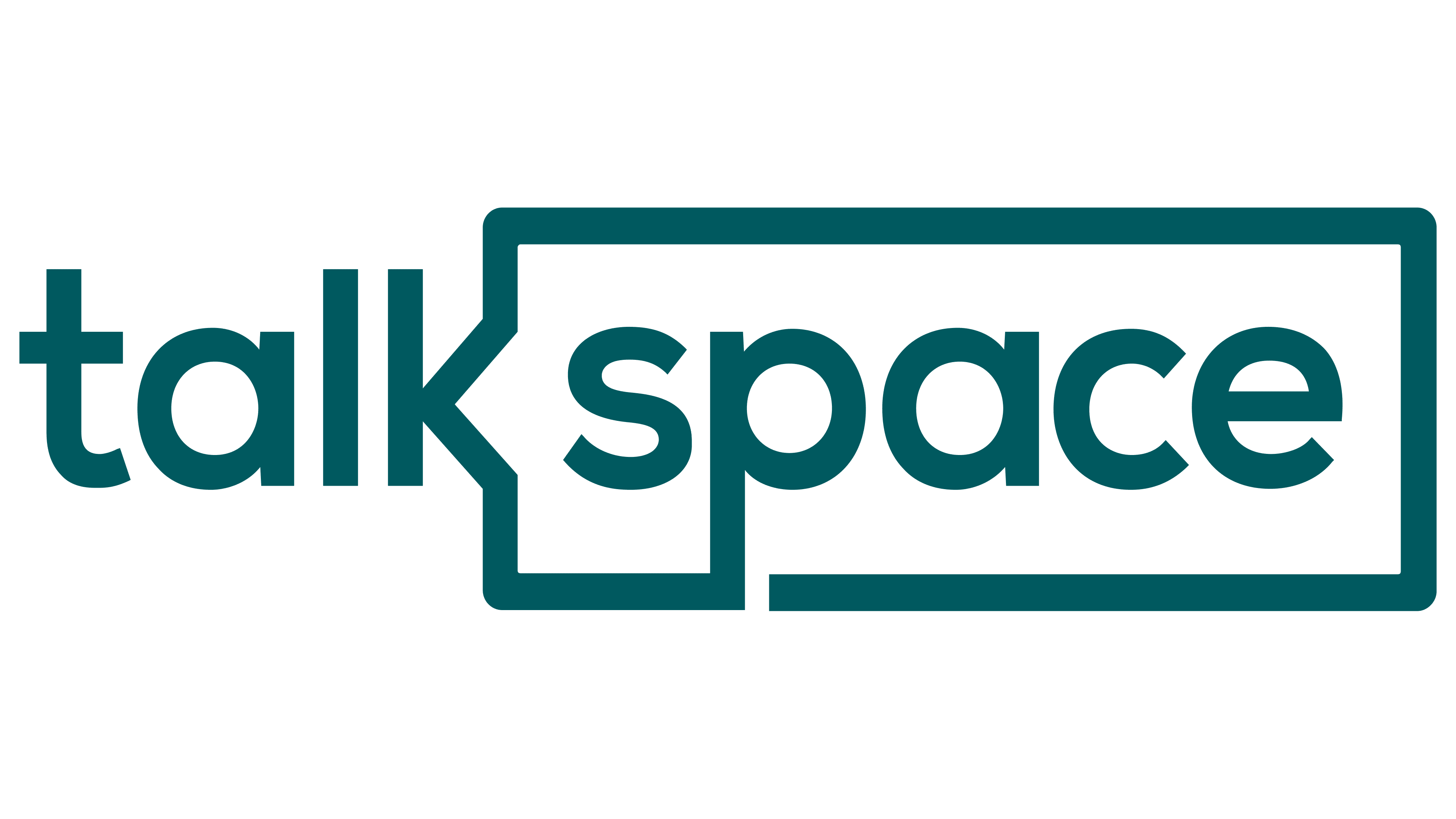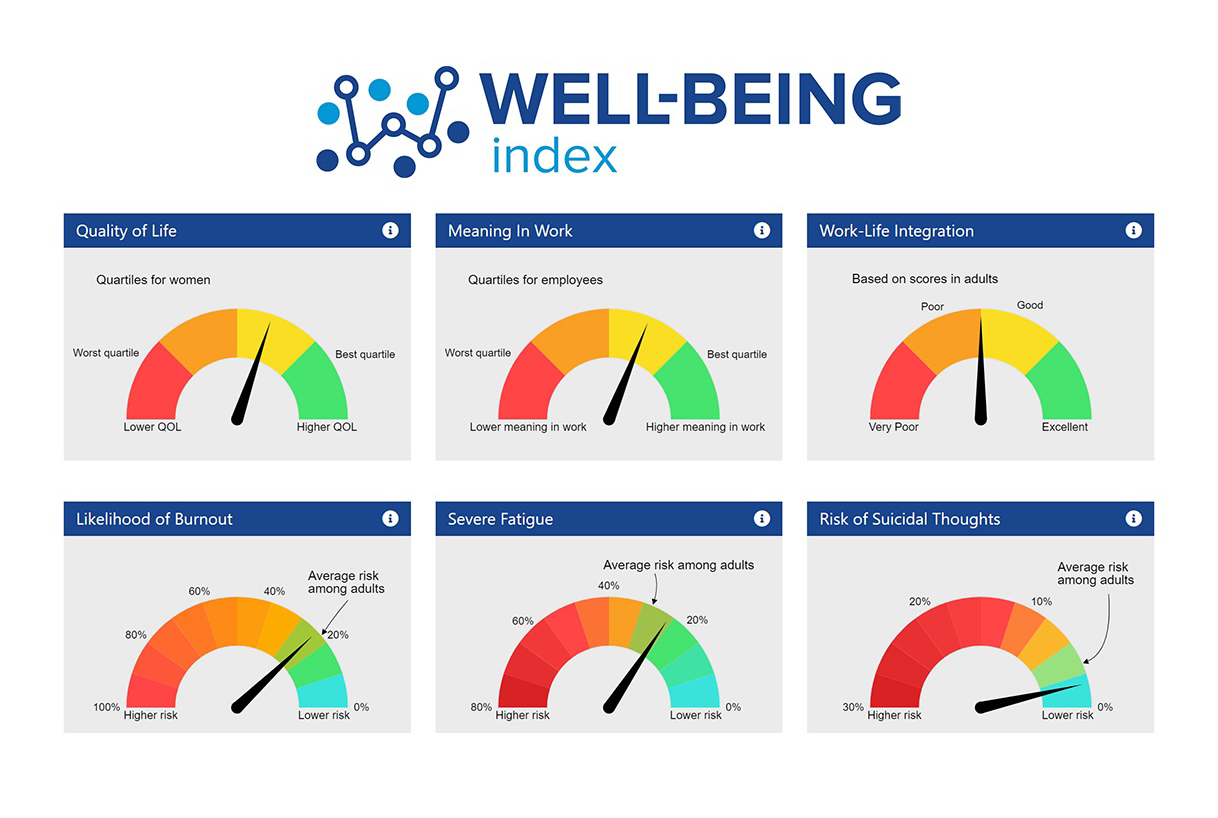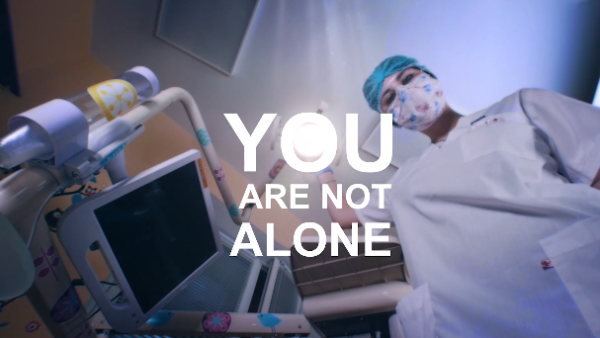Protections for Pregnancy
Federal and State Regulations and Protections Regarding Pregnancy
Guidelines for Practice Success | Managing Pregnancy | Business Operations
Various regulations at both the state and federal levels provide workplace protections to pregnant employees and address pregnancy discrimination, workplace accommodations that might be needed during pregnancy, maternity leave, and protections relating to breastfeeding upon returning to work. Since state regulations can – and do – vary, this resource will focus on federal protections and provide only basic suggestions to help you research your state’s specific rules.
Both federal and state laws typically have certain thresholds that must be met for specific statutes to apply; when it comes to workplace matters, that threshold is usually based on the number of employees. Know that thresholds can change over time so be sure you research your state’s current standards rather than relying on word of mouth from a family member, friend or colleague who was pregnant some years ago.
Be aware that the size of your employer’s practice can impact what protections apply to you and can also impact the type and level of maternity/parental benefits offered to employees. Large group practices and those with locations in multiple states may have greater financial resources, making it easier for them to offer more generous benefits. On the other hand, solo or small group practices may be more limited in terms of what they can offer and, because of their size, may be exempt from many federal and state regulations regarding pregnancy protections.
Take time to familiarize yourself with these three federal rules that provide pregnancy protections in the workplace. While this resource focuses on relevant federal requirements, be aware that several states have enacted additional protections for maternity and parenting leave and, in some cases, have lowered the threshold for the application of protections to apply to businesses with fewer than fifteen employees.
-
The U.S. Equal Employment Opportunity Commission’s Pregnancy Discrimination Act (PDA)
The PDA prohibits employers with a minimum of 15 employees from: refusing to hire a woman because of pregnancy; firing or forcing a woman to leave her position because of pregnancy; taking away certain benefits – such as credit for previous years worked, accrued retirement benefits or seniority because of maternity leave – or firing or refusing to hire a woman because she opted to terminate a pregnancy. The Act also mandates that pregnant women be eligible for temporary job reassignment to easier duties if pregnancy makes her unable to perform her current duties.
-
The U.S. Department of Labor’s Family and Medical Leave Act (FMLA)
The FMLA applies to workplaces with a minimum of 50 employees and ensures that employees on a medical leave, including maternity leave, have the right to take up to 12 weeks of unpaid leave and be able to return to the same job or one that is similar to the one they had before beginning the leave.
-
The U.S. Department of Labor’s Wages and the Fair Labor Standards Act (FLSA)
- cannot be a bathroom
- must be shielded from view
- must be free from intrusion from coworkers and the public
The FLSA contains provisions requiring employers to provide reasonable break time for employees to express breast milk as needed for a nursing child for up to one year after the child's birth. Employers also must provide an appropriate place for employees to express milk. That location:
Additional information on each of these can be found in other articles within this resource.
Resources
- The U.S. Equal Employment Opportunity Commission’s Pregnancy Discrimination Act (PDA)
- The U.S. Department of Labor’s Family and Medical Leave Act (FMLA)
- The U.S. Department of Labor’s Wages and the Fair Labor Standards Act (FLSA)
- The U.S. Department of Labor's Break Time for Nursing Mothers






